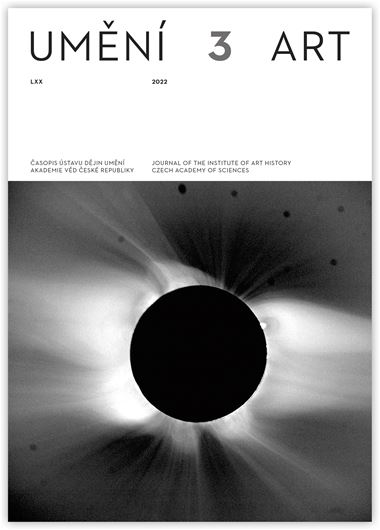Barbora Kundračíková – Fedora Parkmann
Photo: Science: Art History. Mutual Interactions in the Era of a New Universalism
Photography produced for scientific purposes has been considered as an object of study of its own for several decades now. This new interest in scientific or “informational” photography coincided with developments in the history of science itself, which saw, at the beginning of the 1980s, sociologists of science such as Bruno Latour or Steve Woolgar turning away from the history of ideas and toward the study of scientific practices and their visual sources. The tendency to encompass a vast array of images that the visual studies initiated in the 1970s was another catalyst of academic interest in scientific photography. The question of the different roles that photography assumes in the natural and social sciences has since then generated a substantial body of scholarly work. This essay examines the emergence and course of this scholarship on photography in science and points out recent scholarly developments on questions of how photography shifted scientific practices, what new epistemologies – such as observation or objectivity – it helped trigger and why the aesthetics of scientific images are still at issue. Aesthetics, the essay argues, provide an ideal basis for thinking about the shifting standards that scientists use when applying visual research methods. Much of the scholarship and the scientific events that deal with the interplay between photography and science today are still occurring within the field of art history or among historians of photography trained in art history. This essay asks about the compatibility of art history with such exogenous approaches toward the visual. Relying on the articles included in this issue, it sheds light on what the art-historical discipline could gain from interdisciplinary methodological approaches drawing on photography studies in combination with anthropology, the history of technology, the history of science or geography.
Author's email:
barbora.kundracikova@upol.cz / parkmann@udu.cas.cz
DOI: HTTPS://DOI.ORG/10.54759/ART-2022-0301
Full-text in the Digital Library of the Czech Academy of Sciences:
https://kramerius.lib.cas.cz/uuid/uuid:14611679-34d7-46b1-8de8-713c0dae713b
< back

